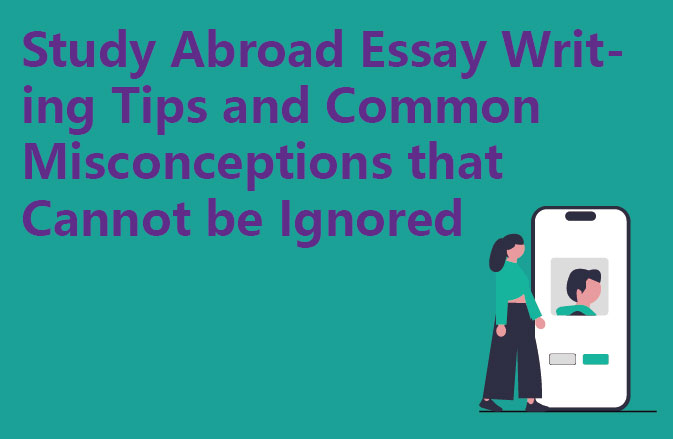I. Five Steps to Discussion Writing
1) Briefly restate the research questions and hypotheses presented in the introduction followed by a summary of the main findings.
Common Sentence Types: ①The findings indicate that .
The findings indicate that .
The data present here suggest that – ①The findings indicate that – ②The data present here suggest that
③One ofthe aims of this studyis to….
2) Explain the importance and significance of the findings, which may include: identifying correlations and relationships between the data, explaining whether the results are consistent with the hypothesis, discussing unexpected results, and explaining why they occur, even if they are not consistent with your hypothesis.
Common Sentence Types.
①In line with the hypothesis.
②Contraryto the hypothesised association…
③The results might suggest that x. However, based on the findingsof
③The results might suggest that x. However, based on the findingsof similar studies, a more plausible explanationisy.
3) Compare the results of the study with the existing literature, point out the similarities and differences, and at the same time clarify whether the results of the study are an improvement compared with the previous studies, highlighting the innovativeness of the study.
Common Sentence Types.
①These results confirm the existing evidence inX suie…
②Consistent with the prior studies, our study indicated/showed that… CI
③While previous studies have focused on X, these results 以译代分” demonstrate thatY….
4) Indicate the possible limitations of this study, such as insufficient sample size, limited access to data,
potential confounding variables, etc., and suggest possible solutions.
Common Sentence Types: ①There may be some possible solutions.
①There may be some possible limnitations in this study, the first
The second limitation concems the… The second limitation concems the…
The second limitation concems the… ②Nonetheless, these results must be interpreted with caution and a
②Nonetheless, these results must be interpreted with caution and a number of limnitations should be bome in mind.
5)To look into the future and provide directions and suggestions for further research.
Commonly used sentence patterns: ①Further research is needed.
①Further research is needed to establish. colour.
There is abundant space for further progress in analysing- ③A further study with more focus is needed.
A further study with more focus on X should be done to investigate….
③A further study with more focus on X should be done to investigate.
II. Writing Rules
01. Don’t repeat the results of the study too much. Discussion focuses on interpreting and analysing the results rather than simply repeating the information presented in the results section.
02. Do not present new arguments or results in the discussion, all results should be described in the “results” part of the complete; all terms should also be presented in the “letter”.
03. Avoid over-interpretation and speculation, and only discuss data that have already been presented in the Results section.
04. Discuss limitations in order to strengthen the credibility of the study, not to emphasise weaknesses or failures.
05. express your ideas concisely, avoiding obscure words and overly complex sentence structures to ensure that the reader can easily get your meaning
06. Be objective and neutral in tone, use the active voice as much as possible, and avoid using first-person words such as l, we. me, etc. to translate instead of work




